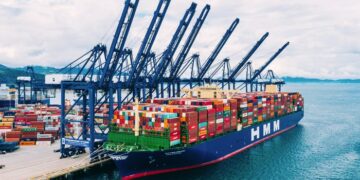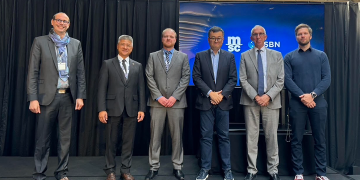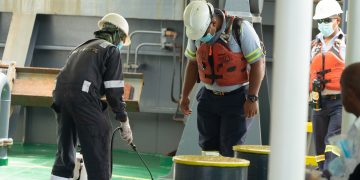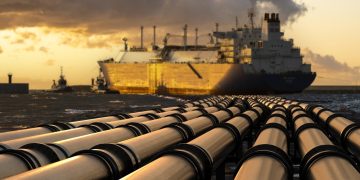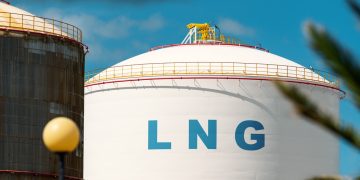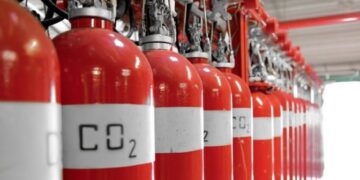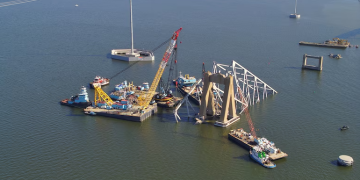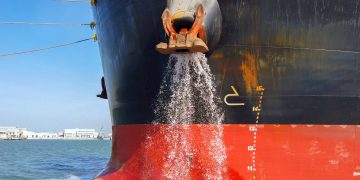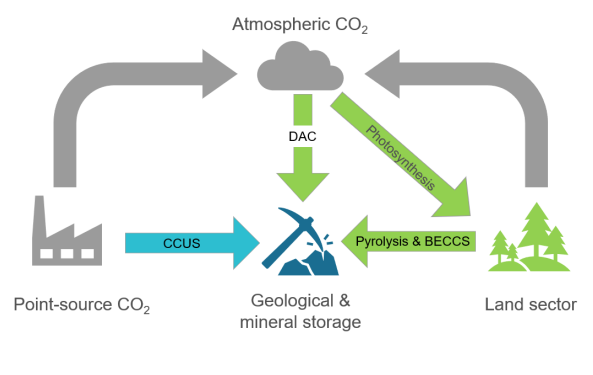The Climate Change Authority of Australia has published a report in which it highlights the importance of and carbon capture and storage in reducing emissions.
According to the report, time has run out to avoid dangerous climate change by reducing emissions alone. In scenarios analysed by the Intergovernmental Panel on Climate Change (IPCC), limiting warming to 1.5°C is only possible with both rapid reductions in global greenhouse gas (GHG) emissions and the removal of emissions from the atmosphere. Storing carbon away from the atmosphere is essential, both to prevent greenhouse gases from entering the atmosphere and to remove them from it.

Improvement
Development of a sophisticated modelling capability on sequestration – for example, through a partnership between the Government, industry and academia – would enhance future policy advice and decisions.
The report notes that while conventional carbon accounting is simple and economically flexible, it does not consider crucial differences between different sources and sinks of GHG emissions. As a result, it proposes the following actions:
- The Government should prioritise the development of long-lived geological and mineral storage technologies.
- Measures to restore CO2 released from carbon sinks should be reviewed and enhanced as appropriate.
- Policies to incentivise sequestration should take account of trade-offs and unintended consequences for food and water security, the environment, and communities. (PI.10)
- Australia should prioritise sequestration approaches that make optimum use of resources (land, energy, and water) for the mass of carbon stored. Addressing market imperfections would enable markets to better resolve trade-offs in an economically efficient way.
- Public investment in sequestration should leverage co-funding opportunities by aligning with areas of non-carbon benefits and product use.
- The amount of carbon dioxide removal (CDR) deployment required globally in the second half of the century will only be feasible with substantial new deployment in the next ten years as a result of driving down costs, building knowledge, and addressing policy uncertainty.
- Carbon dioxide removal should be included as a distinct category in national decarbonisation plans, emissions reporting, projections, and the Authority’s annual progress reports.
Sequestration technology options and their attributes

Opportunity
The report predicts that global demand for sequestration and low emissions energy is expected to grow rapidly over the coming decades, presenting economic opportunities for Australia to drive global ambition, establish new industries and reinvent existing ones. Consistency across international, national, and subnational regulatory approaches will be needed to enable cooperation, trade, and cross-border movement of CO2. Sequestration is a necessary part of any rapid, urgent decarbonisation and represents a huge opportunity.
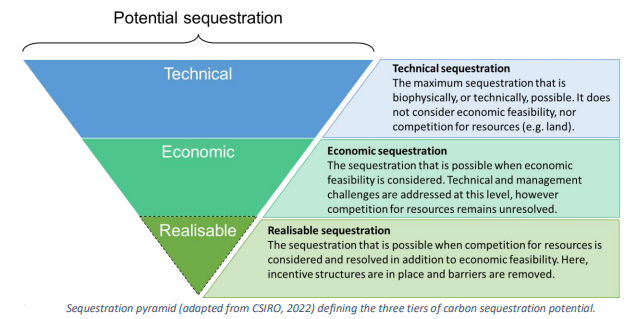
Shipping’s future role in carbon capture and storage
Carbon capture and storage is a major subject in the shipping industry, in its efforts to reduce emissions. Recently, Lloyd’s Register (LR) published a report to analyze aspects of onboard carbon capture, utilization, and storage (OCCUS) in the shipping industry. Furthermore, HMM announced last week that it plans to conduct field tests of an onboard carbon capture system (OCCS) for containerships along with SHI (Samsung Heavy Industries) and PANASIA in the second half of this year.





